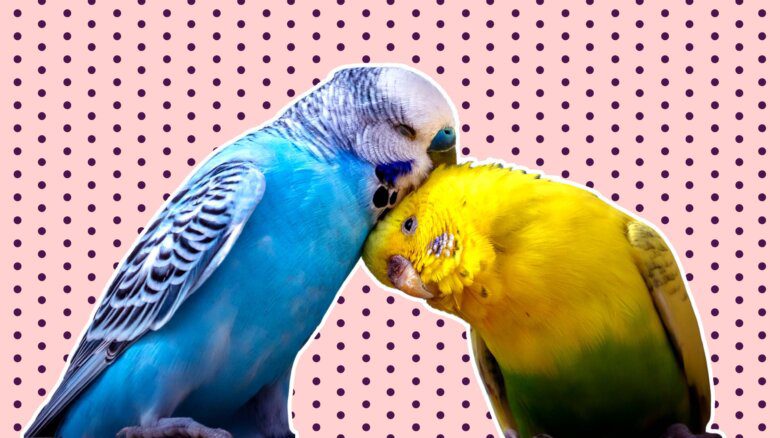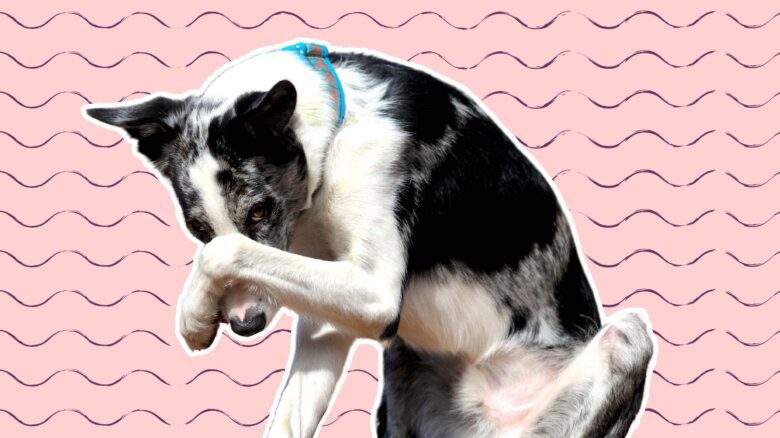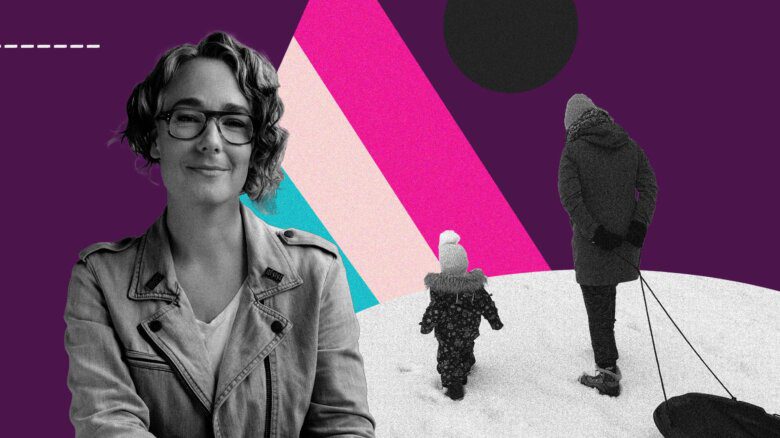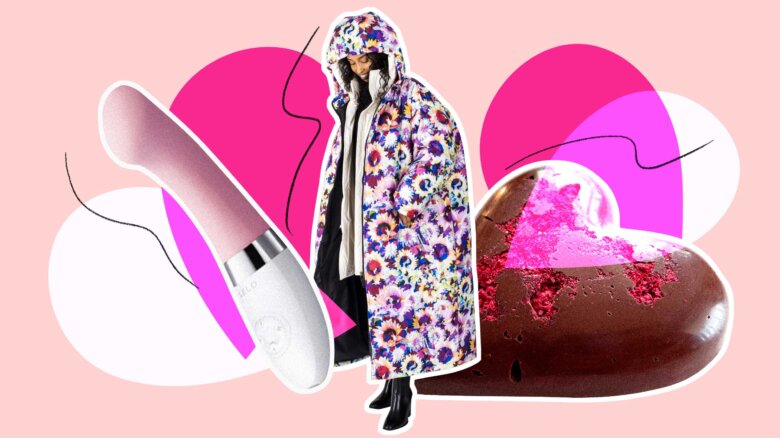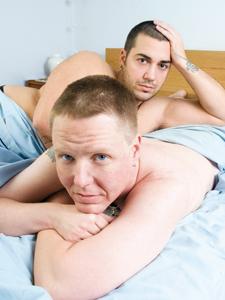
THE FUTURE OF QUEER. For Dr Christopher Shelley (not pictured), the future of sexual liberation lies beyond conventional understandings of gender and same-sex attraction. 'If we have any impact at all, in the future it will be that queer people will Credit: SARAH RACE PHOTO
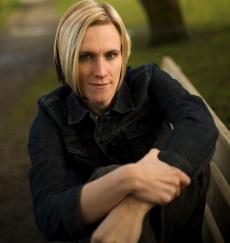
LEARNING ABOUT EACH OTHER. Queer desire won't truly evolve until gays and lesbians address the transphobia that still shapes many of their responses to trans people, says filmmaker Gwen Haworth. Credit: Art at Snow Photography (Michelle Kuen Suet Fung photo)
When Nelson Wong saw the tall, hot athletic boy across the dance floor, his reaction was straight-up primal.
“When I first encountered Cole,” recalls Wong, “I was swept up with this amazingly sexy boy I saw, struck by his eyes, his lips and his build. I was so attracted to him.”
That description of boy-on-boy desire has been written and rewritten millions of times, but this particular chemistry defied the traditional fag-traction model.
As Cole Dodsley remembers it, after seeing Wong at repeated club nights, their desire turned physical.
“We would make out upstairs,” remembers Dodsley, “and when you make out with a person your hands roam, right? I hadn’t had [breast removal] surgery yet and I knew that he could feel the binder on my back and knew that he was noticing something, so this is where I’m saying, ‘He needs to know,’ and ‘Oh shit if I tell him, will he hate me, will he not wanna make out with me, is he totally going to be grossed out and freaked out?'”
In fact, Dodsley (a transgendered man who identified as a lesbian before transitioning) and Wong (a gay man) discovered their desires were growing and made the decision to evolve along with them.
Wong wrote about the experience for Gayze magazine: “I pulled down his black jockeys to reveal a neatly trimmed mound of dark hair and warm tissue. At 28, this was my first time with a female-bodied person and I was nervous. I worried that I would be repulsed or stifled by the sight of it. Seeing him naked, however, was a total turn-on.
“Seeing his soft sensitive tissue exposed made me incredibly horny. I leaned him back on a log and licked and sucked him. It was warm, wet and heaven.”
Since that experience four years ago, Wong says his own attraction options have widened.
“My experience with Cole was fantastic and I am so happy it happened. It definitely broadened the spectrum of people that I can engage with to find intimacy. It sounds cheesy, but it has opened up my world. I don’t have to look solely to 10 percent of the population —that is gay and bio-male —to explore what turns me on.”
While Wong’s journey was a positive one, he admits he was shocked and disheartened by some of the judgments coming from his community.
“I definitely knew that some of my gay friends felt revulsion. Lots of comments dealing with female genitalia, that sort of thing.
“I have friends who don’t believe in transsexualism; they don’t accept it,” he continues. “Some of them don’t believe that trans issues should be lumped together with queer issues. They believe that it is social- and self-hatred issues rather than their gender identity. It is difficult to respond to that. “
In a lot of ways, the simple existence of transgendered people in the gay community throws many gay comfort zones right out the figurative window.
After years of fighting for the right to exist, of coming out to family and friends and in many cases being ostracized for being attracted to people of the same sex, many gays and lesbians feel deeply attached to their hard-won labels.
Wong reveals that beyond the external pressures and chastisements from his gay male friends, his newly identified desire caused him some stress internally as well, specifically regarding his identity as an out and proud gay man.
“There was definitely a voice inside my head that alerted me to the fact that I had fought so hard to be a gay male, to create this identity and this strength of character despite this mainstream, heterosexual world and the expectations of my parents. There was a voice inside of me that worried that I was betraying some of that.”
Transgendered porn star Buck Angel —who bills himself as “the man with a pussy” —makes a lucrative living selling and starring in adult DVDs (Buckback Mountain, Buck Off) and streaming videos.
The demographics of his audience offer some surprising insight regarding gay and lesbian desires.
“Eighty percent of my customer base is gay men. Twenty percent is female —bisexual, straight and gay,” explains Angel.
“I get a lot of gay men writing me letters about how they are so turned on by me and they can’t believe it and what does that make them, are they now straight? My vagina freaks people out, especially gay men,” he says.
“They are attracted to me as a person but because I have a vagina, it just totally throws them for a loop, they can’t wrap their head around it.”
Angel says he has seen and heard many horror stories about the treatment of trans folks by gays and lesbians. “Twenty years ago, I identified as a dyke. When I started transitioning, the dyke community ostracized me; every single one of my friends wanted nothing to do with me. There was no knowledge about what was going on then.
“Funnily enough, a lot of people have called me since then, asking me how they go about transitioning now.”
If trans people are challenging many gays’ and lesbians’ notions of desire, so too are they often broadening their own scope of attraction.
For many trans people who identified as gay or lesbian before transitioning, it wasn’t just their bodies that evolved upon transition; they discovered their desires were shifting as well.
Dr Christopher Shelley is a professor at the University of British Columbia and author of the book Transpeople: Repudiation, Trauma, Healing.
He thinks the evolution in desire experienced by many trans people is the result of feeling freer in other aspects of their lives.
“When people start to become —to grow and let themselves be —they can let down all kinds of defenses and open themselves up to new experiences and attractions,” he says.
“Once you are, for the first time in your life, comfortable in the body that you should be in, new doors can open for you. There’s a lot of trans people who never had orgasms, who never let themselves go or be sexually. They couldn’t even touch themselves because they were wrongly bodied. Once they are rightly bodied, they are simply more honest and more comfortable with themselves and with others,” he explains.
“Trans people teach us about the complexities of life and that it isn’t just the easy categories of straight, gay, lesbian, heterosexual, homosexual,” Shelley says. “In many ways, I think that trans folks challenge all of our categorical assumptions. That makes them a very potent group of teachers.”
Dodsley is no stranger to Shelley’s theory of shifting desires.
“Almost all the trans men in my life are more attracted to men than they were before they transitioned. That’s not to say they aren’t attracted to women anymore, they totally are, but almost all of them are attracted to men,” he says.
“I now realize that I’ve always been attracted to men but previously thought, ‘Oh I am attracted to men because I wanna be one. Then I realized that it wasn’t that —it was that I was attracted to them!
Before transitioning, Dodsley identified as a lesbian. Now, he says, his relationship is “anything but heterosexual.”
“I don’t think that many people on the street would see us as heterosexual because my partner has her own masculine features as well,” he explains. “We still don’t look like a heterosexual couple and I think that keeps me pretty queer too. She’s queer and I’m queer.
“If everybody likes everybody, I’m happy. We should all feel free to love whoever we want to in terms of gender,” he adds.
Roz Shakespeare was the first openly transsexual police office in the Vancouver Police Department. She sees the evolution of trans desire this way: “In the beginning, we’re presenting a body that we don’t feel comfortable in. It’s not that we don’t belong there, it’s that we were pushed there. You’re not free to be engaged fully; you’re always holding a part of a veil there so nobody can see beyond that.
“As we come out and can be who we are fully, that canvas is blank, usually at an age where we’re now a little more comfortable exploring who that is and feeling safe,” she explains.
Most of the people interviewed for this story believe there is a significant difference in terms of how the gay community responds to trans men and women.
While trans men by no means have it easy when it comes to flirting, dating and even friendship within the gay community, they seem to have it easier than most trans women.
“I think it hearkens back to feminist theory —what is strong and what is weak,” says videographer and trans man Erek Tymchak.
“If you look in the gay men’s community, there is a hierarchy, isn’t there? Butch men are top of the pile; then, the young good-looking guys that can pass as possibly straight and then it goes down from there,” he says. “The effeminate men are always near the bottom. Drag queens are somewhere down there, and god forbid you want to be a woman.”
“The queer community as a whole has phobias against femininity, especially when it is expressed by male-bodied individuals, regardless of their gender identity,” agrees Gwen Haworth, producer and star of the award-winning documentary She’s a Boy I Knew (a film about her own transition and her family’s response to it).
“Whether it is an effeminate gay man or a trans women, femininity is undervalued in society,” Haworth continues.
“When trans women begin that journey, I think that their sexual power in society gets diminished. It is like watching Jack on Will and Grace, or the cast of Priscilla Queen of the Desert; they become these farcical characters. There’s a lot of other reasons behind it I think, but society’s devaluing the feminine is a major part of that.”
Shannon Summers finds it disheartening that “trans women are invisible to gay men.”
“We can go to gay bars and we are accepted there,” she says, “but it is not just that gay men don’t hit on trans women, gay men don’t pay any attention to trans women.
“They don’t talk to us, we don’t interact at all. Gay men want men who look like men and when they see a trans woman, they see a female and if we’re not a drag queen —if we’re not making fun of the gender and the genre —then we’re not on their radar.”
Tymchak says his transitioning wasn’t very well received, either, within the gay community. “I can tell you about numerous comments that people made before I transitioned, which halted my own transition,” he says.
“It is ironic that they have fought so hard and yet are being so ruthless towards another,” he adds, referring to the gay community.
That said, Tymchak believes that evolution is inevitable. Trans people have a lot in common with gays and lesbians, he says. “This is just another way for traditional gay and lesbian people to be challenged.
“It is funny to think that gay and lesbian people amongst us are conservative, but they are!” he continues. “They need to open their hearts and minds to us, just as they’ve asked the rest of the world to do for themselves. Realize the activism is not over.”
Haworth is optimistic about the future of the queer community and its openness to gender and sexual fluidity when she looks to the generations younger than her.
“Queer folks in their 20s are a lot more comfortable with gender fluidity,” she says. “As someone in my mid-30s, I’m learning from that.”
But, she says, queer desire won’t truly evolve until gays and lesbians address the transphobia that still shapes many of their responses to trans people.
“The LGBT community has to really bring this to the table and re-think where their hearts are,” she says.
“We as trans folks have to re-approach how we are going to connect with the queer community because there is this divide that is happening right now,” she continues. “Sometimes I think it has to do with the difference between proactive or preemptive politics and reactive politics. That is detrimental to us all. Let’s take down our guard and talk to each other, learn about each other, see where our similarities are and grow together. I think that is the next glass ceiling.”
As for Shelley, he hopes the future of queer love will be more focused on desire and chemistry than on conventional understandings of gender and same-sex attraction.
“If we have any impact at all, in the future it will be that queer people will be more queer, that people could be able to appreciate the complexities of human sexuality and gender,” he says.
“Rather than being fixed in the body of one thing only, and strive to be one thing only for the whole of one’s life, maybe we’ll be —to quote Bette Davis —much more ‘this and that.'”
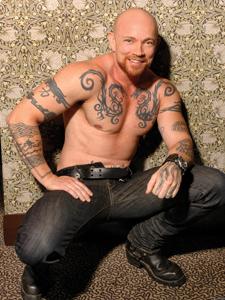
 Why you can trust Xtra
Why you can trust Xtra